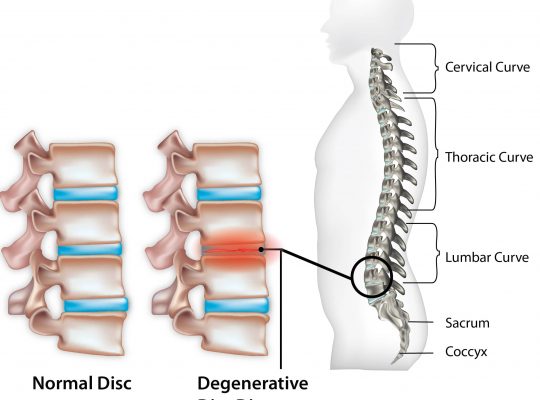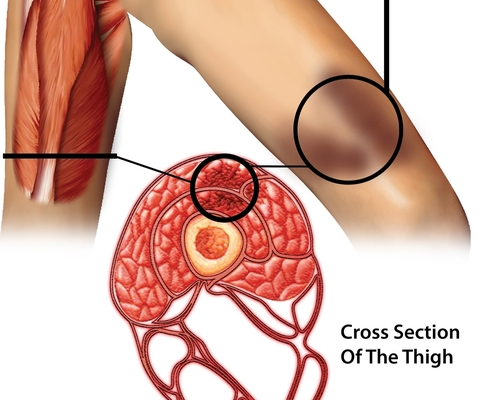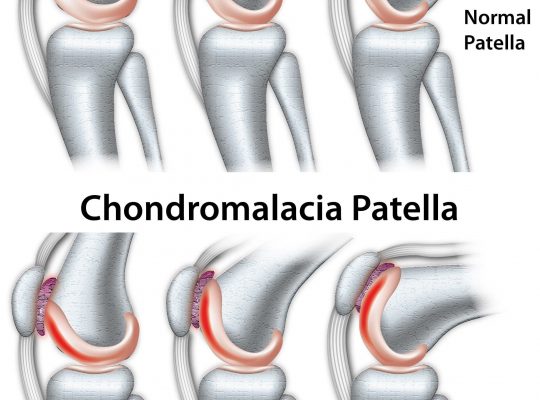Degenerative Disc Disease
What is degenerative disc disease? Degenerative disc disease (also known as DDD or degenerative disc disorder) is a very common cause of neck and lower back pain, it is often related very closely to spondylosis. It is often characterised by the degeneration of one or more of the intervertebral discs in the spinal column. These …



